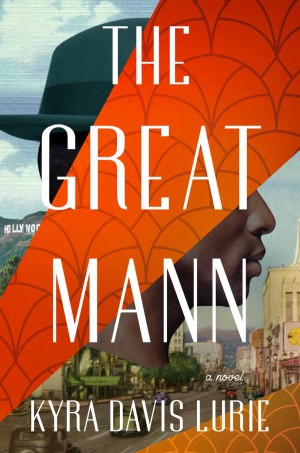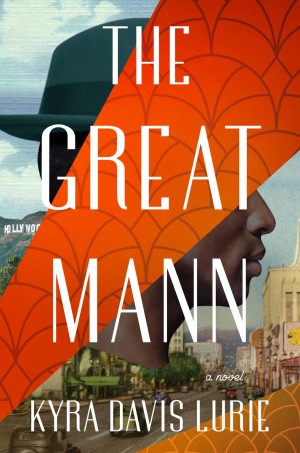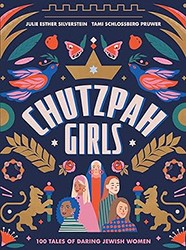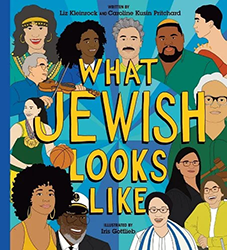
My new novel, The Great Mann, is a reimagining of The Great Gatsby set in 1945 Los Angeles’ Sugar Hill, a neighborhood where phenomenally accomplished Black Angelenos lived in mansions, defying the racial covenants that forbid them from living in these homes they owned unless they were acting as servants to white bosses.
The well-known actress Hattie McDaniel lived in Sugar Hill and threw galas and events in which Duke Ellington served as her entertainment. Louise Beavers, the first Black actress to ever be sent on a publicity tour by a major film studio, was her neighbor. Sugar Hill was also home to Norman O. Houston and John Alexander Somerville, both nationally renowned Black business moguls and activists. These men lifted thousands of African Americans into the middle class by simply offering them opportunities they had previously been unjustly denied.
And all these Sugar Hill residents were represented by Loren Miller, the Black civil rights lawyer who would go on to stand before the Supreme Court and successfully argue against racial covenants. Miller also wrote the majority of the legal briefs in Brown v. Board of Education. He even succeeded in convincing the California Supreme Court to order the state to abandon the Alien Land Laws that had devastated Japanese Americans during WWII. During his lifetime, Miller was considered to be one of the best legal minds in the nation, a close second to his friend Thurgood Marshall; indeed, many thought the latter was actually second to Miller.
And yet very few people today have heard the name Loren Miller.
Most aren’t familiar with Somerville either or Louise Beavers, even though Beavers was equally as famous as her Oscar winning neighbor, McDaniel. There’s a Norman O. Houston Park in Los Angeles, but still those who frequent it likely don’t know anything about its namesake.
The stories of these remarkable individuals have been devalued, dismissed, and erased (a fate shared by the glorious mansions they inhabited). A victim not just of time but of insidious racism that continues to worm its way through our nation’s psyche.
As a Black woman it was an honor to write their names, celebrate their complexities, and reintroduce them to the world in my novel, The Great Mann.
As a Black woman who is also Jewish, telling their stories felt like an act of tzedakah.
I know that tzedakah isn’t charity. Growing up it was made clear to me that to embody the spirit of tzedakah one couldn’t simply assist those who have suffered injustice, rather you had to try to correct the injustice.
And engaging with tzedakah is a mandate.
Unfortunately, it’s a mandate that sometimes feels impossible. These days opening a newspaper is like stepping under an avalanche of injustices. The temptation can be not to help but to run, duck, and cover so as not to be buried under a rocky pile of societal ills.
But when I’m feeling overwhelmed by the state of the world, I recall the words of Rabbi Steve Leder of Los Angeles’ Wilshire Blvd Temple, ‘Tend the part of the garden you can reach.’
But when I’m feeling overwhelmed by the state of the world, I recall the words of Rabbi Steve Leder of Los Angeles’ Wilshire Blvd Temple, “Tend the part of the garden you can reach.”
Standing here, in my corner of the garden, I stretch out my hand and find that I can reach the Black history that America has repeatedly tried to erase.
And who understands the importance of history better than the Jewish people? Each year we journey thousands of years back in time to cross the desert with Moses, wear the clothes of Queen Esther, and spin a dreidel with the Maccabees. We listen to our elders tell us stories of the Old Country, recount the tales of those who faced violent antisemitism and escaped pogroms, those who survived the horrors of the Holocaust and those who did not.
The power behind the phrase “Never again” is predicated on the belief that we must “Never forget.”
The Jewish people know that society cannot build a strong future without the foundation of our history. Building on revisionism is the equivalent of building on sand.
And so with The Great Mann, I ask readers to remember.
Remember the wealth that was built by many African Americans at a time when they were not treated as full citizens and had limited rights. Remember the civil rights warriors who fought not on battlefields but in courtrooms. Remember the Black actors who convinced Hollywood to hire more minorities and struggled to bring dignity and pride to the demeaning roles they were too often pushed into.
The mansions that the Black residents of Sugar Hill lived in were eventually taken by eminent domain to make way for a freeway. A handful of the homes that still stand are in ruins.
But as anyone who has prayed before the Wailing Wall can tell you, ruins can be sacred if we remember what they signify.
In writing The Great Mann, I tried to channel the spirit of my Black ancestors and take up the mantle of tzedakah that was handed down to me by my Jewish ones.
This book is my attempt to use storytelling as a means of correcting the injustice of forgetting. It’s the tree I’ve planted in my corner of the garden.
Here’s hoping it bears fruit.

The Great Mann by Kyra Davis Lurie
Kyra Davis Lurie is a New York Times bestselling author and screenwriter. Her novels have been published in nine languages across six continents. Kyra was born and raised in California and lives in Los Angeles with her husband and their utterly perfect dog, Potus.



